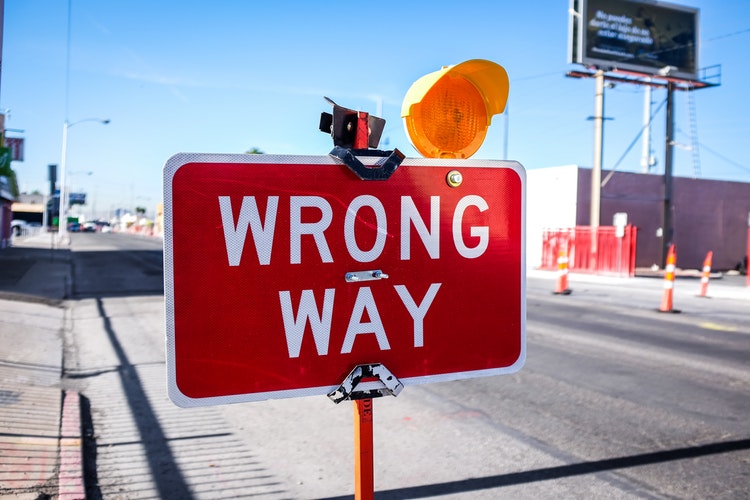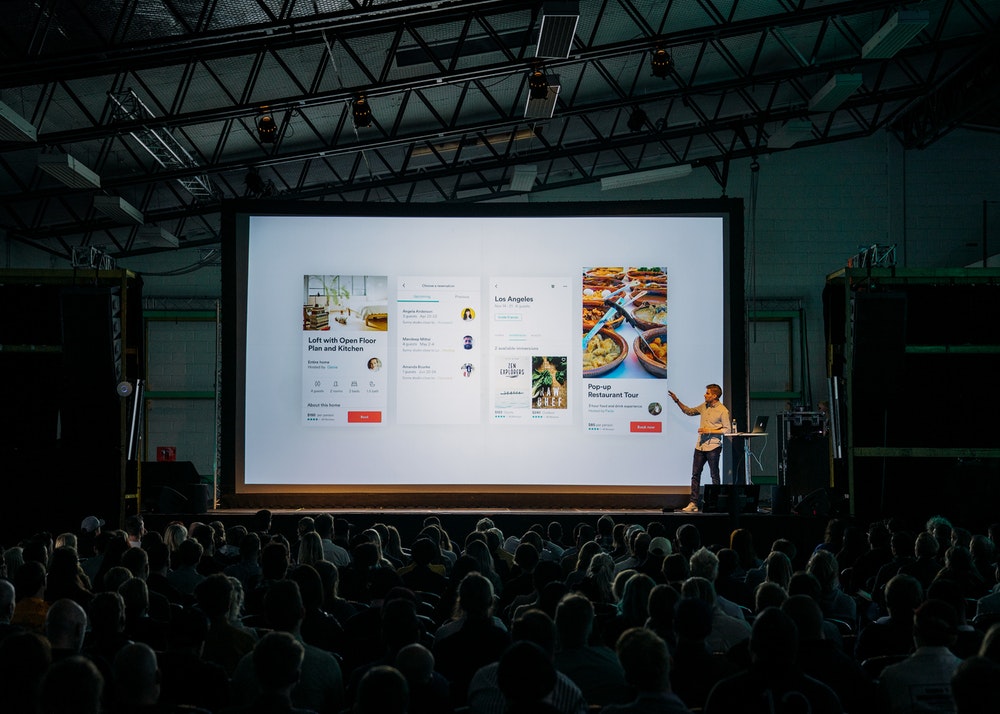Just like any investment, people will not spend on digital signage if they think the risks outweigh the potential gains. Sadly, the perception of the risks-benefits balance is greatly clouded by so many misconceptions, varying from one end of the spectrum to the other. In the case of digital signage, both positive and negative misconceptions can be damaging and result in one of two outcomes, both of which are not wanted.
On the overly-positive side of things you have people who believe in the power of digital signage to generate traffic just by its presence, with no effort required. This results in unused potential, and digital signage really does become a failed investment.
On the overly-negative side, however, you have technophobes who think digital signage is a monster with claws out to eat their credit cards, which results in so many missed opportunities it offers to its user. To avoid being caught in either of these two categories, take a close look at ten of the most common misconceptions of digital signage.
Misconception #1: Hang the screen on a wall and walk away
This particular misconception is one of the most common ones, and can be witnessed everywhere you go. You will find displays with basic content which does absolutely nothing but cast light in front of it. The owner of such a sign probably thinks the digital display will magically pull people into the store and convince them to make a purchase.
Hanging a display on the wall is not enough. That is merely one of the many approaches necessary to make digital signage work. Fresh, interesting, maybe even interactive content is the key, and people are often either too lazy to create it, or they actually think they can succeed without it.
Speaking of content, that bring us to our next misconception…
Misconception #2: Content can be created moments before deployment
Yes, you can use already existing content you can find online to deploy to your screens, but that is only a small portion of your digital signage strategy. Sure, you can use social media or YouTube playlists to generate content quickly, automatically almost, but such content is only used as additional source to make the main content less repetitive.
Your main content, your focus, should be to inspire the customer to take action. Such content is not made up in minutes and needs to be carefully crafted with plenty of thought behind it. If it’s created minutes before deployment, it’s going to lack all the hallmarks of quality digital signage. This includes technical components such as font, size and color, as well as the message behind your content, the emotion and impression you want to leave.
Misconception #3: You don’t need to be involved in deployment
This is a short but important one nonetheless. It’s about not missing the opportunity to educate yourself when deploying digital signage. Users who turn to a provider of digital signage to do the installation should pay close attention to the process because there is much to learn.
Personally, this applies to all sorts of deployments and repairs. Paying attention during those processes can educate you and prepare you for any glitches or errors you may be able to fix yourself instead of calling and paying someone to do it.
Misconception #4: Technology is everything
This is a very common misconception and people truly believe that technology on its own is what digital signage is all about. This is not the case as technology is equally important as the content it displays. Although the technology aspect of digital signage is amazing, you can’t expect it to stand alone.
Technology alone isn’t enough to significantly influence your audience. They won’t care for a massive video wall if all it does is loop the same images. It’s not effective nor is it efficient. It’s much like getting a high-tech super expensive laptop which you only intend to use for YouTube browsing. It’s not worth the investment if you don’t properly utilize the technology at hand.
Misconception #5: Digital signage is difficult to set up
This misconception, or rather an excuse, falls along the lines of elementary school students saying “division is too hard, I can’t do it.” Sure you can, you simply have to stop underestimating yourself and start learning.
Digital signage used to be difficult to set up — back when only a handful of people used it in their business efforts and you couldn’t really turn to anyone for simple advice. Today, however, it is not only easier to find a provider to do it for you, it is also easier to learn how to do it yourself.
The internet is thriving with information, guidelines, tips and even people you can turn to for help in installing a digital signage network for your business. It used to be hard, but today every single technical detail can be found through Googling. This wasn’t the case before, so that excuse was very valid many years back, but today it no longer works. Try the “It’s too expensive,” excuse instead. Someone might actually believe you.
Misconception #6: It’s too expensive!
Yes, but an advanced HD camera is also too expensive if you’re gonna use it for taking pictures of utter darkness. Digital signage equipment is expensive if you’re not going to use it properly. If you are going to use it properly, it’s not expensive but rather an investment with a good return.
If used properly, digital signage can generate additional traffic, customer loyalty, engagement and interaction, all of which lead to higher sales and ultimately profit. That’s what investments do. However, nobody is forcing you to go for the most expensive digital signage setup out there.
The real answer to debunk this misconception is to take a look at the ROI digital signage generates. That means to see what the Return On Investment is, which will show just how profitable your digital signage investment was.
Misconception #7: Updating and changing content will be difficult
See misconception #5 because this one shares its weak reasoning behind not doing digital signage.
After constant development, digital signage has surpassed the age of reliance on rugged methods of updating content. There are many software providers in the industry today, all of which offer very simple methods of changing, updating and even creating content for your digital displays.
One could say that the “updating content is too difficult,” excuse got upgraded to “getting used to the software is too difficult,” but quite frankly, learning to manage and operate digital signage software is pretty easy. Anyone who says it’s too difficult clearly hasn’t even seen one. Here’s a preview.
Misconception #8: Digital signage is a waste of electricity because it’s always on
True, it’s a waste of energy if it’s not working as intended. However, it’s not the display’s fault you can’t optimize its capabilities. Sure, it’s gonna draw a lot of power over time, especially bigger displays, but if you’re gonna invest in something as big as a videowall it is presumed you have solid plans on using it to its full potential.
Misconception #9: Commercial grade displays aren’t needed
This claim has some footing in the real world because, although commercial displays have clear superiority over standard ones, there are instances where they truly aren’t necessary.
Commercial grade displays are built to operate continuously. They also have a variety of settings for adaptation to the surroundings, brightness being the most important one. In essence, commercial grade displays are built to carry the obligation of displaying content without any issues. They also often come with better warranty due to their design for a variety of environments in which they’re used.
Even though commercial grade displays aren’t always a must, it’s suffice to say that using a standard display you used to watch television on isn’t nearly the same as using a commercial grade display. With that in mind, make sure you do your research before choosing the right display.
Misconception #10: People won’t look at digital signage!
Let’s conclude this ten-pack set of misconceptions with the most common fear of every digital signage user and owner: the investment being ignored. Perhaps you might think the effort isn’t worth it because digital signage is such a common thing these days that people ignore it.
Contrary to popular belief, people still turn to observe a digital display. This ultimate attraction of digital signage has worn off a bit since it’s been first deployed with people being amazed by its presence. It was a shining sign of the future, but today this sign has dimmed.
Luckily, it is in the nature of every being with eyes to pay attention to motion they detect. People still observe digital displays, but the window of time you’re given to draw them to it has significantly decreased since the first appearance, but it is still there.
Before, people would stare at displays, but today you have merely a few seconds of attention directed at your content to draw the customer in.
Use them wisely.










